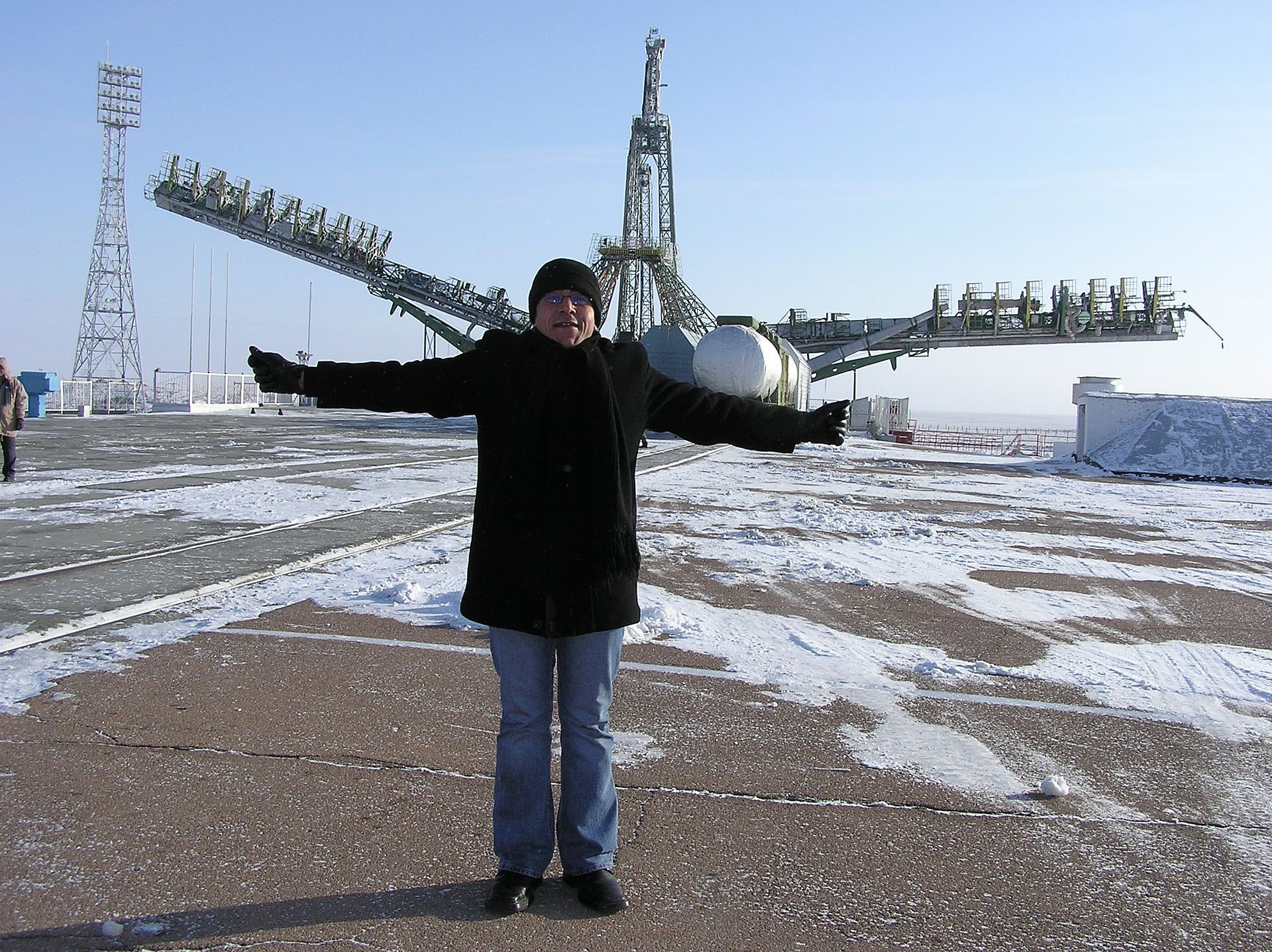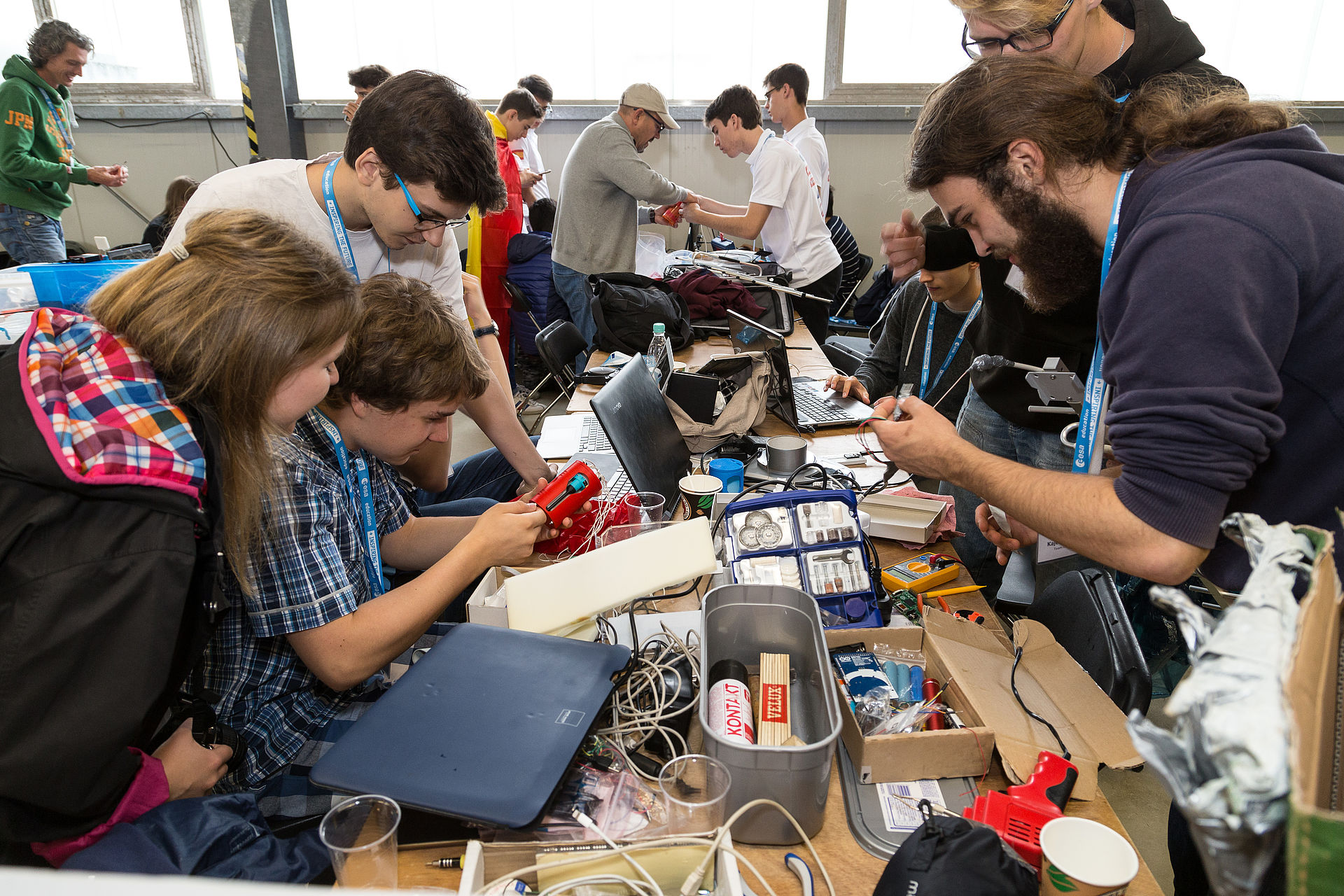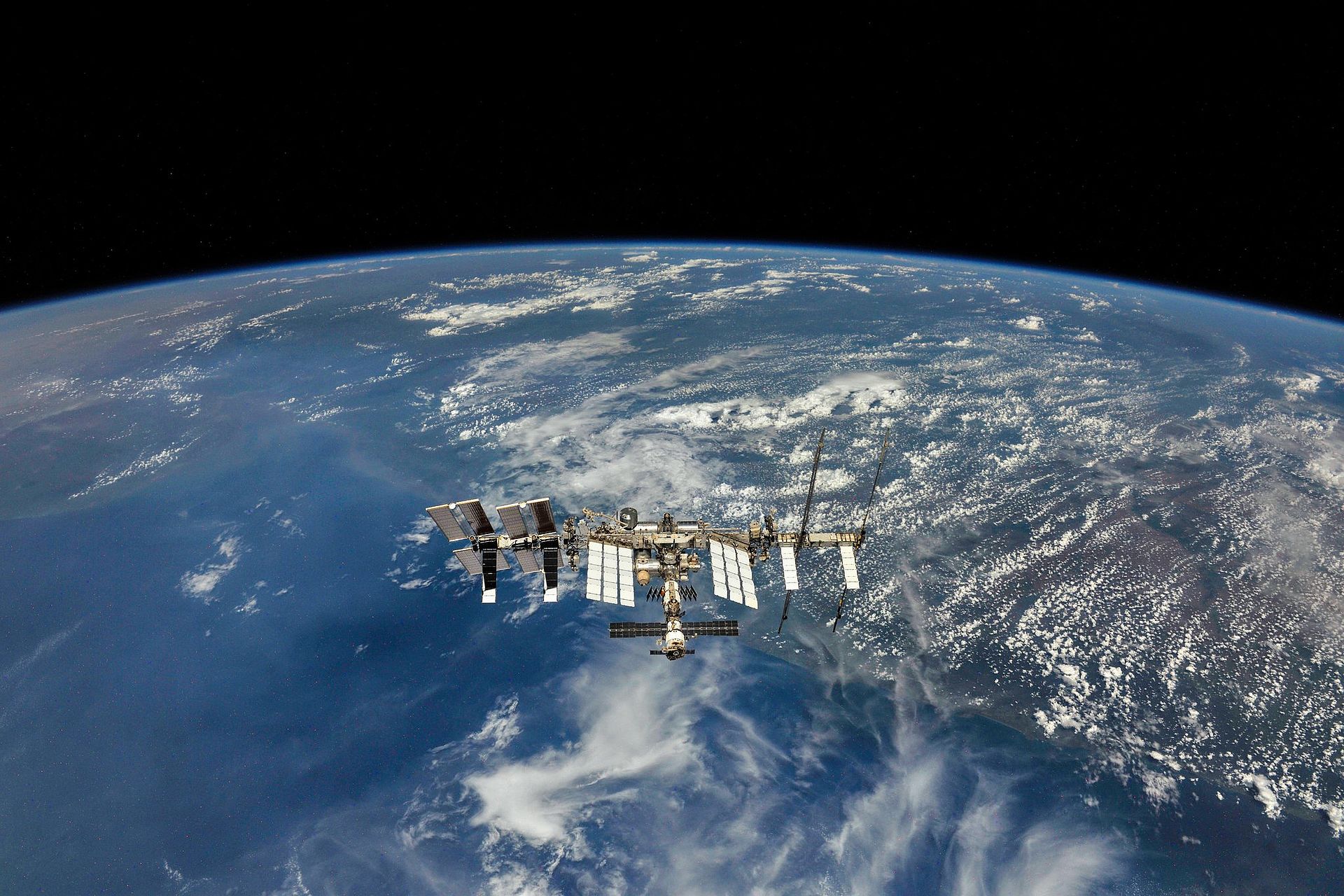5G is currently not only a hot topic in the mobile communications world but is also for OHB’s Future Telecommunications department. 5G will change people’s lives especially in the fields of transport and medicine according to project manager Anna Chrobry. She is currently working with her team on a study on the new mobile communications standard. In the latest part of our We.OHB. #weohbwednesday series, she tells us what other challenges her work as a project manager involves.

“Future Telecommunications” sounds pretty futuristic for a department name. So are you all psychics?
Anna Chrobry: Yes, definitely! Our work is a bit like gazing into a crystal sphere. The trend is moving away from classic telecommunications satellites in geostationary orbits towards LEO mega-constellations. These can consist of up to thousands of satellites. Consequently, we are participating in studies dealing with this vision of the future of telecommunications. In addition, we are writing proposals for flexible payloads for telecommunications and quantum key distribution for ensuring secure data communications. The business model underlying mega-constellations is really quite different; so there is a lot of development work to be done by us.
What training does a project manager need to be able to interpret the things visible in the crystal sphere?
A combination of solid technical knowledge and leadership skills coupled with intercultural understanding. I studied physics at the University of Krakow (Poland) and the University of Bremen and then wrote my doctoral thesis at the University of Bremen in cooperation with DLR. I primarily specialized in hardware and software development and verification, i.e. testing to determine whether the hardware and software meet the mission requirements.
As a result of my work on mega-constellations I am very active in New Space and start-ups. Most recently, I worked on the Space Start-up Event Bremen which, by the way, was sponsored by OHB. I also attend specialist conferences to keep abreast of the latest technological innovations. I am very enthusiastic about regular training courses on project management, leadership and conflict management.
More and more women are pursuing technical careers at OHB. Should there be more?
Definitely! I am looking forward to welcoming more female engineers to my team in the near future. We have recently advertised a vacant senior engineer position. So ladies, if you’re qualified, please apply! At the moment I am the only woman on my team, but that is not an issue for me as it was no different during my studies.
What’s the attraction of your job?
I am a physicist who is currently pursuing her passion for aerospace. What particularly excites me about being at OHB is the opportunity I have of working in interdisciplinary and multinational teams. I’m very happy to be here. I like to learn new things. I am generally interested in physics, exploration and discovering new things. I also appreciate the family-like atmosphere at OHB. It really makes the company special compared to its major peers. I think that’s why OHB is so successful.
What makes a working day a successful day for you?
As a project manager, I have to be flexible and think outside the box to take account of the interests of everyone involved. Gaining concrete results after an intensive day and having worked through the “to do” list is definitely very fulfilling.
Who has inspired you the most?
There aren’t many women in this field. Obviously, I was particularly inspired my compatriot Professor Maria Skłodowska-Curie, who was also a physicist. As far as telecommunications are concerned, my main role model is Candace Johnson, an international telecommunications expert and business woman. She is a co-initiator of SES ASTRA and SES Global, one of the world’s largest satellite operators.










